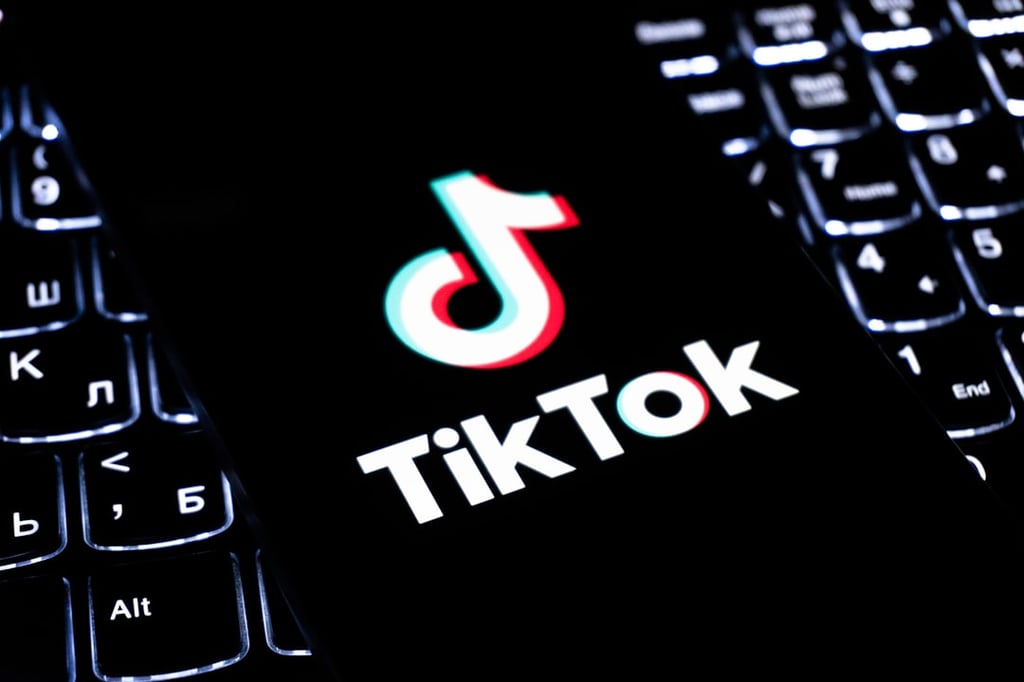A lot of computer connections have gone wireless today, from your network to your printer, but there are two things that can’t go wireless: the power supply, and your monitor’s video connection. Right? Well, wireless extension cords may not be real, but work may be progressing on wireless energy transfer — which involves no cords, […]
Datamation content and product recommendations are
editorially independent. We may make money when you click on links
to our partners.
Learn More
A lot of computer connections have gone wireless today, from your network to your printer, but there are two things that can’t go wireless: the power supply, and your monitor’s video connection.
Right?
Well, wireless extension cords may not be real, but work may be progressing on wireless energy transfer — which involves no cords, although the products still have to touch… But what about your display? DisplayLink of Palo Alto, California (formerly Newnham Research) thinks it has that problem licked.
The company has been providing the technology for displays to work over Universal Serial Bus (USB) 2.0 connections for a while. It’s not much of a stretch to move that to Wireless USB (wUSB).
“We have a protocol to take a display and lossy losslessly compress (define)it, while keeping interactivity over a network connection,” says Jason Slaughter, senior product manager at DisplayLink. To date, the technology is built into a single product from Kensington, the $180 Notebook Expansion Dock with Video, providing video output on the USB port. Yesterday, DisplayLink announced that IOGEAR will use the tech in a Hi-Speed USB 2.0 External Video Card to come out in the first quarter of this year. Both, of course, use USB cables.
It is the eventual take-off of wUSB, based on the WiMedia Alliance’s ultrawideband technology, that could mean cordless monitors come sooner rather than later.
“What’s interesting about USB is the simplicity,” says Slaughter. “It’s faster and more simple than VGA. In the past, USB-to-video or VGA performance was terrible… but we drive monitors at 1600×1200 pixels and have 32-bit color. The interactivity is still great as well — move the mouse, and it moves like you’d expect.”
Slaughter calls the move to wUSB the “logical extension” for the company, and says a lot of wUSB makers have shown interest in what DisplayLink does.
The company has new chips out this week for connecting PCs to monitors using USB 2.0, one supporting 1280×1024 resolution and another for 1600×1200. DisplayLink also includes a Virtual Graphics Card that runs on a Windows PC, which translates the information sent to a Hardware Rendering Engine in the chip on the display side. Slaughter says this works the same on wUSB as it does on wired. “We’re not a WiMedia company, we don’t make radios; we just make the technology for sending video that is network-agnostic,” says Slaughter. “It’s just USB to us. But we’re working with those guys making radios to make sure our technology is optimized for wireless.”
Slaughter says their closest partner currently is UWB chip designer Alereon; DisplayLink planned to demonstrate display connectivity over wUSB at CES 2007 this week in Alereon’s suite. It was part of a “clutter-free desktop” demo, where the only cables in sight would be power cords.
“Our protocol degrades gracefully when bandwidth is not available,” says Slaughter, talking about the company’s roots working with Ethernet for display signals. He says vendors of wUSB products are having issues getting the bandwidth up to the 400 Mbps speeds they want, but he believes even the speed of today’s products, like the recently released Belkin wUSB hub, would work with well with DisplayLink chips.
Slaughter says he hopes to see DisplayLink technology on Wireless USB before the end of 2007.
This article was first published on WiFiPlanet.com.
-
Huawei’s AI Update: Things Are Moving Faster Than We Think
FEATURE | By Rob Enderle,
December 04, 2020
-
Keeping Machine Learning Algorithms Honest in the ‘Ethics-First’ Era
ARTIFICIAL INTELLIGENCE | By Guest Author,
November 18, 2020
-
Key Trends in Chatbots and RPA
FEATURE | By Guest Author,
November 10, 2020
-
Top 10 AIOps Companies
FEATURE | By Samuel Greengard,
November 05, 2020
-
What is Text Analysis?
ARTIFICIAL INTELLIGENCE | By Guest Author,
November 02, 2020
-
How Intel’s Work With Autonomous Cars Could Redefine General Purpose AI
ARTIFICIAL INTELLIGENCE | By Rob Enderle,
October 29, 2020
-
Dell Technologies World: Weaving Together Human And Machine Interaction For AI And Robotics
ARTIFICIAL INTELLIGENCE | By Rob Enderle,
October 23, 2020
-
The Super Moderator, or How IBM Project Debater Could Save Social Media
FEATURE | By Rob Enderle,
October 16, 2020
-
Top 10 Chatbot Platforms
FEATURE | By Cynthia Harvey,
October 07, 2020
-
Finding a Career Path in AI
ARTIFICIAL INTELLIGENCE | By Guest Author,
October 05, 2020
-
CIOs Discuss the Promise of AI and Data Science
FEATURE | By Guest Author,
September 25, 2020
-
Microsoft Is Building An AI Product That Could Predict The Future
FEATURE | By Rob Enderle,
September 25, 2020
-
Top 10 Machine Learning Companies 2020
FEATURE | By Cynthia Harvey,
September 22, 2020
-
NVIDIA and ARM: Massively Changing The AI Landscape
ARTIFICIAL INTELLIGENCE | By Rob Enderle,
September 18, 2020
-
Continuous Intelligence: Expert Discussion [Video and Podcast]
ARTIFICIAL INTELLIGENCE | By James Maguire,
September 14, 2020
-
Artificial Intelligence: Governance and Ethics [Video]
ARTIFICIAL INTELLIGENCE | By James Maguire,
September 13, 2020
-
IBM Watson At The US Open: Showcasing The Power Of A Mature Enterprise-Class AI
FEATURE | By Rob Enderle,
September 11, 2020
-
Artificial Intelligence: Perception vs. Reality
FEATURE | By James Maguire,
September 09, 2020
-
Anticipating The Coming Wave Of AI Enhanced PCs
FEATURE | By Rob Enderle,
September 05, 2020
-
The Critical Nature Of IBM’s NLP (Natural Language Processing) Effort
ARTIFICIAL INTELLIGENCE | By Rob Enderle,
August 14, 2020
SEE ALL
ARTICLES







